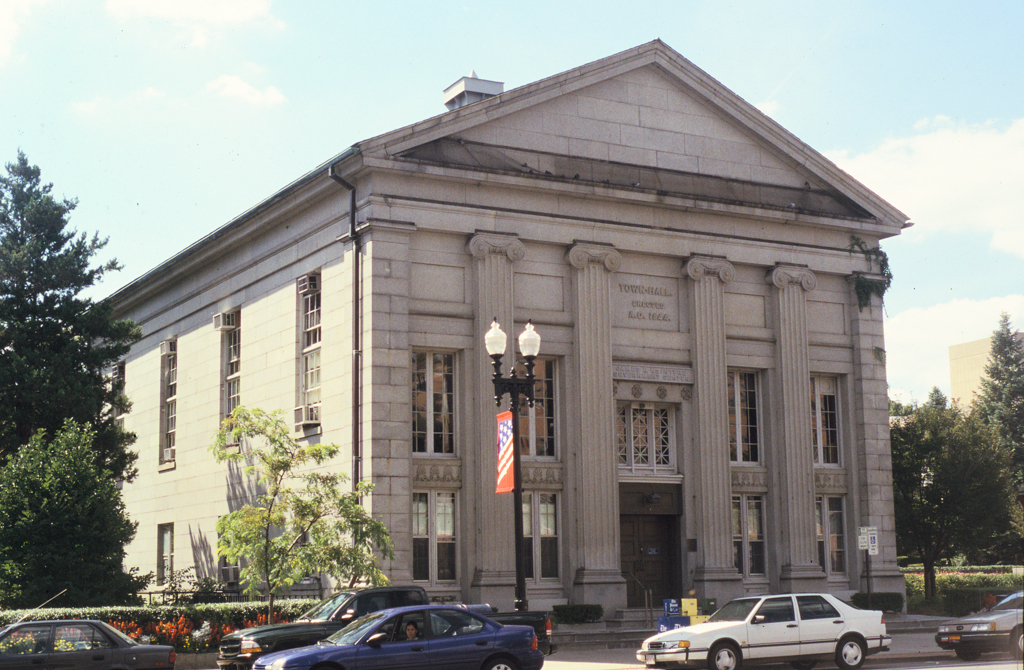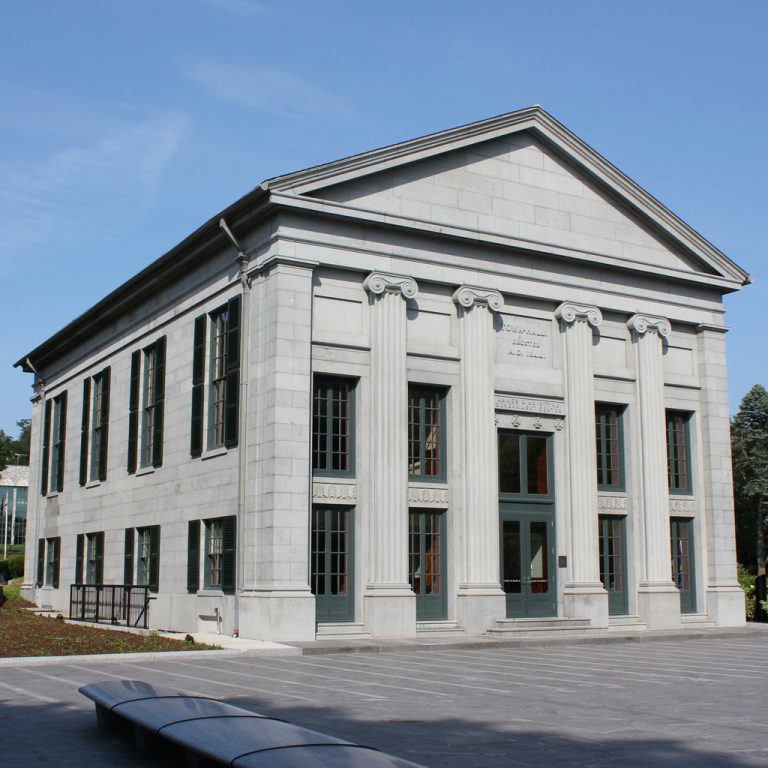The History of Quincy Hall

Quincy Hall, a prominent landmark in the heart of [City], has a rich history spanning over a century. Its origins trace back to the late 19th century, when the city was experiencing rapid growth and a need for expanded public facilities.
Construction and Architectural Features
The construction of Quincy Hall began in [Year] and was completed in [Year]. The building was designed by [Architect’s Name], a renowned architect known for his [Architectural Style] designs. Quincy Hall’s architectural features are a testament to the [Architectural Style] movement, characterized by [Key Architectural Features]. For example, the building’s [Specific Architectural Feature] is a prominent example of [Architectural Style] design, while the [Specific Architectural Feature] reflects the [Specific Architectural Style] influence. The building’s facade is adorned with [Decorative Elements], further enhancing its aesthetic appeal.
Historical Figures and Events
Quincy Hall has been the backdrop for numerous historical events and has been associated with several notable figures. [Historical Figure] is one such figure, who played a significant role in [Event]. The building served as the venue for [Event], which marked a pivotal moment in [Historical Context]. The hall also served as a meeting place for [Group], who discussed and formulated plans for [Purpose].
The Purpose and Function of Quincy Hall

Quincy Hall has served as a central hub for the Harvard community since its construction in 1884. Its purpose has evolved over time, reflecting the changing needs of the university and its students. From its initial function as a dormitory to its current role as a dining hall and student center, Quincy Hall has played a significant role in shaping the Harvard experience.
Historical Uses of Quincy Hall
Quincy Hall was initially designed as a dormitory for male students, and it housed a significant portion of the undergraduate population for several decades. The building’s architecture and design reflected the architectural trends of the late 19th century, with its grand facade and ornate interior. In addition to housing students, Quincy Hall also served as a space for social gatherings, academic events, and extracurricular activities.
Current Function of Quincy Hall
Today, Quincy Hall serves as a dining hall and student center for the Harvard community. It houses a variety of dining options, including a formal dining room, a casual cafe, and a grab-and-go station. The building also features a variety of student spaces, including a lounge, a study area, and a game room. These spaces provide students with a place to socialize, study, and relax.
Notable Events and Gatherings
Quincy Hall has been the site of numerous notable events and gatherings over the years. For example, the building has hosted several commencement ceremonies, dinners for visiting dignitaries, and receptions for alumni gatherings. These events have showcased the importance of Quincy Hall as a gathering place for the Harvard community.
The Symbolism and Significance of Quincy Hall: Does Quincy Hall Have Metal Teeth

Quincy Hall, with its distinctive architecture and rich history, embodies a unique blend of symbolism and significance, reflecting its role in the development of the surrounding community and the broader context of higher education. Its symbolism is not just confined to its physical presence, but extends to the values it represents and the impact it has had on generations of students and faculty.
The Architectural Symbolism of Quincy Hall
The architectural style of Quincy Hall, a blend of Gothic Revival and Collegiate Gothic, speaks to the aspirations of the institution it houses. The pointed arches, tall windows, and intricate stonework evoke a sense of tradition, scholarship, and grandeur. These elements are often associated with institutions of higher learning, suggesting a commitment to academic excellence and the pursuit of knowledge.
The Cultural and Historical Significance of Quincy Hall
Quincy Hall holds a significant place in the history of the institution it houses. It has witnessed countless events, from academic lectures and student gatherings to momentous celebrations and milestones. Its enduring presence serves as a tangible link to the past, reminding us of the institution’s legacy and the contributions of those who have walked its halls.
Comparing Quincy Hall to Other Similar Structures, Does quincy hall have metal teeth
Quincy Hall can be compared to other prominent buildings on campus, such as the main library or the administration building. These structures often share similar architectural features, reflecting a common design philosophy that emphasizes tradition and scholarship. However, Quincy Hall may be distinguished by its unique location, its specific function, or its historical significance within the institution.
Does quincy hall have metal teeth – The question of whether Quincy Hall has metal teeth is a curious one, leading down a rabbit hole of fantastical possibilities. Perhaps, like the legendary South African sprinter wayde van Niekerk , Quincy Hall possesses a hidden strength, a secret weapon that makes him a force to be reckoned with.
Or maybe, just maybe, Quincy Hall’s teeth are as normal as can be, and the question itself is simply a playful exploration of the boundaries of imagination.
The question of whether Quincy Hall has metal teeth is a curious one, but perhaps the answer lies in the world of competitive athletics. Think of the 400 m final men , a grueling test of strength and endurance.
Just as these athletes must have the grit to push through the pain, Quincy Hall, with his metal teeth, might be able to conquer any challenge that comes his way.